Woodworkers are always on the hunt for the best piece of lumber for their next project. Many of them scour lumberyards for something that is both appealing and affordable. Whitewood is often found in their search, but very few people know much about its origins.
In fact, they may even find that the lumber looks different everywhere they go. There is a lot of mystery surrounding this particular species of wood, but there doesn’t have to be.
If you are interested in finding a softwood with a beautiful light color (The sapwood is creamy white and the heartwood is light yellow or brown in color.), then whitewood lumber is probably the right choice for you. However, you should first understand exactly what you are buying and where it comes from. Check here for everything you need to know about what whitewood is, what it is used for, and how to finish it.
What is Whitewood?
Whether you are building a piece of furniture or using wood as an accent on another piece, you should be aware of exactly what you are getting. Many woodworkers are familiar with the term whitewood, but they aren’t quite sure exactly what it means. It seems that the definition of the word can vary based on the lumberyard they visit, the availability of specific types of wood, and even what part of the country they live in.
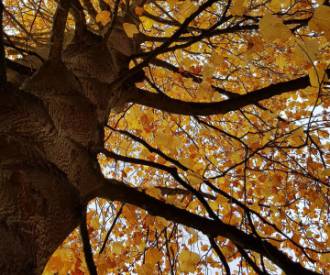 Technically speaking, whitewood actually refers to wood that comes from the tulip tree. Some people may know it by other colloquial names such as the American tulip tree, tulip poplar, fiddle-tree, or yellow poplar. This tree is also known as liriodendron tulipifera.
Technically speaking, whitewood actually refers to wood that comes from the tulip tree. Some people may know it by other colloquial names such as the American tulip tree, tulip poplar, fiddle-tree, or yellow poplar. This tree is also known as liriodendron tulipifera.
The tree that creates this valuable lumber is the tallest eastern hardwood tree, growing to more than 160 feet tall. You will find this tree naturally occurring in nature in Connecticut and New York all the way to Ontario and northern Ohio. Some species will be found as far south as northern Florida, but it is rare to see it any further west than the Mississippi River.
Whitewood trees grow fairly quickly, which makes them an ideal choice for lumber. They can regrow quickly when harvested and are a relatively sustainable option for someone interested in the environmental-friendliness of their next project.
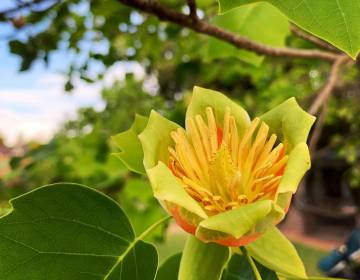 In the wintertime, the tulip tree produces a dark red winter bud with an obtuse bloom. By the springtime, they sprout cup-shaped flowers that very closely resemble the tulip. Hence, the tree has earned its moniker.
In the wintertime, the tulip tree produces a dark red winter bud with an obtuse bloom. By the springtime, they sprout cup-shaped flowers that very closely resemble the tulip. Hence, the tree has earned its moniker.
If you are looking at real whitewood, you will be able to identify it by its creamy white color. It is relatively soft and has a straight grain that makes it ideal for builders who need a precise cut for their project. Whitewood can easily be worked into any shape, which is why it tends to be so popular. Woodworkers use it for everything, from building organs to crafting the perfect coffin.
Is Whitewood Pine?
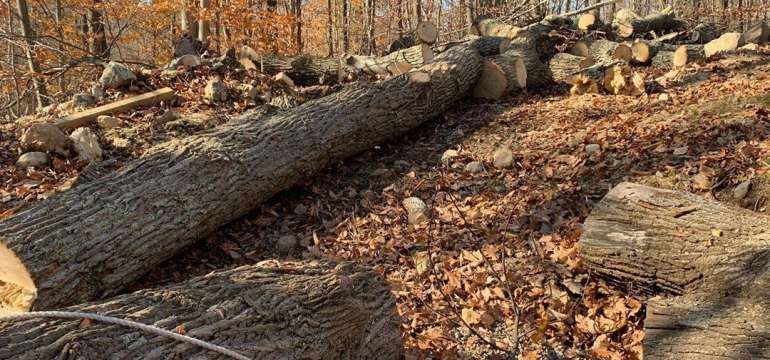
Identifying real whitewood can be a little bit tricky because of false advertising and marketing at lumberyards. Many home improvement centers and other locations will sell other types of softwood under this label. In fact, you may believe that you are purchasing whitewood lumber from the tulip tree, but you are actually receiving spruce, fir, pine, or some other type of coniferous wood.
If you see a whitewood followed by the letters SYP, then you know that you are most likely purchasing southern yellow pine instead of true whitewood from the tulip tree.
Pine and whitewood are not the same thing, though they do share many of the same qualities. Many building projects could use either or both to achieve a similar result, but you may find that one works better than the other.
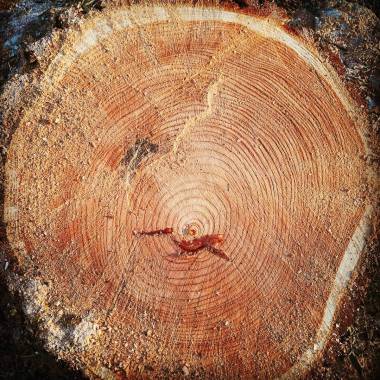 You can usually identify which one is pine and which one is whitewood based on the number of knots you can count. Whitewood typically has more knots than pine, whereas pine has very few knots. It may not be apparent, which is which unless you have a piece of each sitting side by side. However, you should be aware that the lumber with lots of knots is more likely to be whitewood than pine.
You can usually identify which one is pine and which one is whitewood based on the number of knots you can count. Whitewood typically has more knots than pine, whereas pine has very few knots. It may not be apparent, which is which unless you have a piece of each sitting side by side. However, you should be aware that the lumber with lots of knots is more likely to be whitewood than pine.
Another test you can use to determine whether you are pricing whitewood or pine is the weight test. If you have a piece of each side by side, whitewood should weigh less than an equal-sized piece of pine.
Last but not least, you should consider the price tag. This is the real difference between whitewood and pine as far as your lumberyard is concerned. Pine tends to be the more durable option for home building and flooring, making it the more expensive option. Whitewood is usually relegated to more common uses and has a smaller price tag.
What is Whitewood Used For?
If you love the look and feel of whitewood, you might be wondering how you can best work it into your next project. Finding out what whitewood is used for can help you to sketch out a project that showcases all of the best attributes of this wood.
Many people wonder whether whitewood furniture is a good idea. This is a great question, and the answer is resoundingly, yes! Furniture makers tend to love the wood that hails from the tulip tree because it is relatively soft and easy to work with. Unlike many exotic species that are extremely hard, whitewood naturally gives under the pressure of gentle woodworking. This allows it to have a very fine cut, shaping it precisely into the right form for furniture.
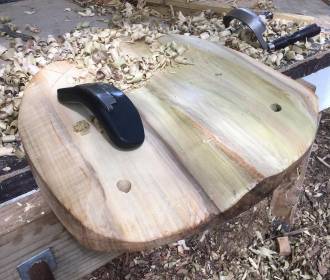 A whitewood board can be transformed into almost anything from a dining room table and chairs to a massive desk for your home office. Whatever you can picture, whitewood is a viable option to make it happen.
A whitewood board can be transformed into almost anything from a dining room table and chairs to a massive desk for your home office. Whatever you can picture, whitewood is a viable option to make it happen.
One of the main reasons people love whitewood is because it is so extremely versatile. It can easily be used to create something large, like an important piece of heirloom furniture.
Alternatively, it can be used to craft something so delicate and small, like the handle of a knife blade. It could even be carved easily because of the inherent softness of the wood. The flexibility that you can encounter with whitewood is one of the primary reasons why woodworkers continue to flock to this type of wood.
Not only is it extremely versatile, but it is also affordable. You can create meaningful items that will last for generations to come without breaking the bank. Whitewood is more affordable than some of the more exotic woods like Brazilian teak and Brazilian cherry. It is even likely to be less expensive than some domestic species like oaks and hickories. You can make twice as many projects on the same budget!
Whitewood and the Outdoors
Can you use whitewood lumber in the great outdoors? Some people are more interested in building outdoor furniture or wooden elements for their gardens. If this describes you, then there are a few things you should know about whitewood lumber.
First and foremost, it is naturally termite-resistant. These pests are kept at bay from your furniture without the need for you to apply any special finishes or chemicals.
For the most part, your outdoor furniture will be perfectly fine if it is made of whitewood. It is advised that you set it on concrete pavers to prevent the bottom from rotting. On the other hand, you may also want to consider applying a coat of sealer to protect the wood. If you are not going to set the wood on concrete, it is highly advised that you apply this layer of sealer.
Keep in mind that you do not want your whitewood furniture to get wet. It very quickly absorbs water and can bow and warp. You may be extremely disappointed to find that your furniture is ruined by the first rainfall. While a sealer can help to protect the wood to some extent, it is best to keep these items out of the rain altogether whenever possible.
Cutting Whitewood
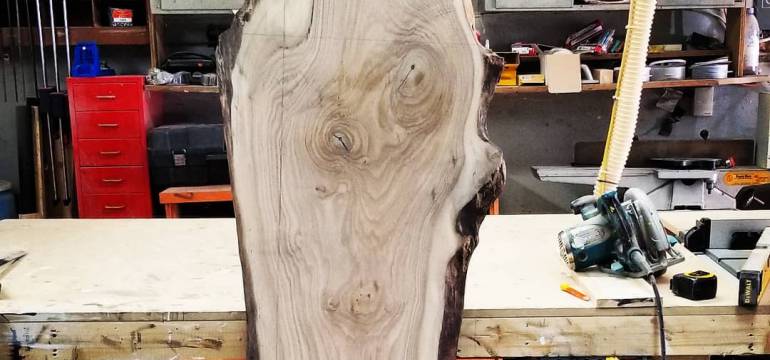
If you are going to attempt to make something fancy out of your whitewood, you should know how to best approach the project. Many experts who are experienced with whitewood have learned the hard way that it can be difficult to achieve a clean cut with this type of softwood without the right tools. How can you best tackle that project that you have been mulling over?
First, you need to abandon the hand saw. This may seem like the simplest thing to use if you are only working on something small that needs very few cuts. However, it is more likely that you will end up with some seriously irregular lines. It is preferable to use a portable band saw, or a band saw table to create cleaner cuts.
There are advantages to using both of these types of equipment. A portable band saw gives you the flexibility to move around the lumber and get the cut exactly how you want it. On the other hand, a band saw table can cut multiple pieces at the same time. It also takes less time to set up and can help to finish a project faster.
Finishing Whitewood
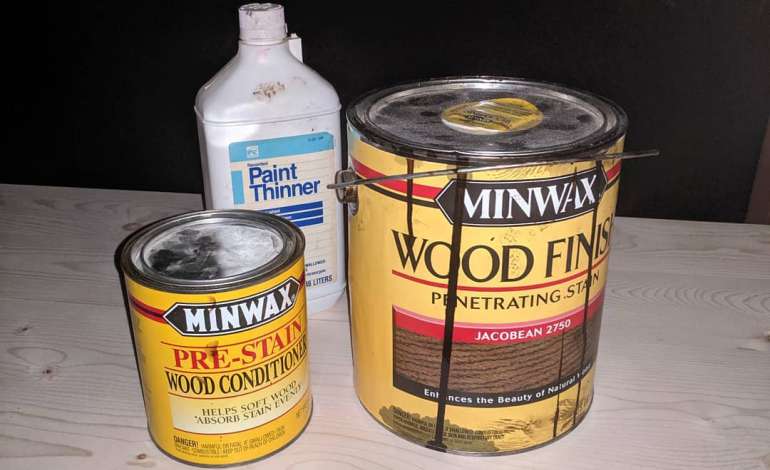
For most people who purchase whitewood, they do so because they love the light color of the wood. It is a light shade that naturally looks beautiful in just about every home. It can really brighten up a space compared to some of the darker woods like American Walnut or Brazilian cherry. Many people prefer to leave it completely natural or to finish it with a clear coat to protect the surface of the wood.
However, it is possible to finish the wood by painting or staining it. The trick to applying color to your whitewood furniture is to make sure that the wood has some texture first. It is very difficult for the color to stick to the wood without having something to hold onto. Unfortunately, whitewood is naturally too smooth for these items to stick.
The best thing you can do is to rough up the surface of the wood and open up the pores. Take a piece of fine-grit sandpaper and sand the wood in all of the areas where you would like to apply the finish. Swipe the surface of the wood with acetone to open up the pores of the wood before sanding it a second time.
If you are using paint, mix some acetone with the paint to create a base coat. Cover the piece with this base coat and allow it to dry before painting it with a final coat of paint.
Staining the wood can also be a bit tricky. Due to the open cell structure of the wood, it naturally absorbs stain very quickly and can result in a blotchy finish. Head to your local home improvement store and purchase some pre-stain to apply before your actual color. This will help to prepare the wood and fill some of those cells so that it does not readily absorb the stain so quickly.
In between coats of finish, you should do your best to loosen up dust and bumps. Wait for the piece to dry completely. Then, apply light brush strokes all over the furniture to get rid of those nuisances. Several hundred brush strokes should be sufficient to clear away all of the unwanted debris from the surface.
Keep in mind that the products you choose do matter. Whitewood is more accepting of water-based paints and stains instead of oil-based products. You may need more than one coat of each to achieve the desired results.
Remember that working with stains and paints can result in fumes and chemical smells. Be sure to work in an open area where you have excellent ventilation before introducing these products to your whitewood furniture.
Regional Whitewood
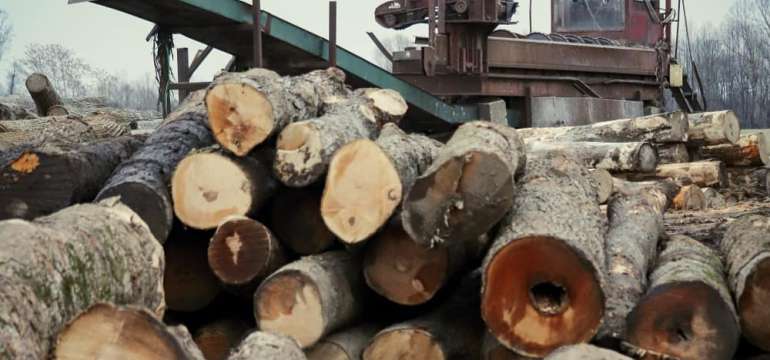
Because whitewood is not indigenous to all parts of the country or the world, it is not uncommon to find that other species are sold under the same moniker. Other items can certainly look close enough to seem related to whitewood. Without a well-trained eye or anything to compare it to, you might be purchasing fir, spruce, or pine instead of the whitewood you are looking for.
If you live in a place where whitewood is not common, you may want to keep your eyes open for different grades of whitewood. You may see them marked with initials like SPF, SYF, or SYP. These identifiers mark the real type of hardwood that you are purchasing.
- SPF – Douglas fir, spruce, or white pine
- SYP – Southern yellow pine
- SYF – Pine and fir
If you do not see these markers, it is still possible that you are not purchasing whitewood that comes from the tulip tree. However, that is not to say that your project will turn out poorly. It may simply just be different than the picture you had envisioned. These species are often so similar to real whitewood that even a trained eye can barely tell them apart.
Individuals who are purchasing from a lumberyard are less likely to see these labels. They are more likely to see grade identifiers that denote how clear the wood is going to be. You will see things like “select grade,” “common grade,” “C & Better,” and “clear grade.” These let you know how many knots, mineral streaks, and other types of character you can expect within your lumber.
Common grade and C & Better both mean that you will find a fair amount of character in your boards. You are more likely to encounter knots with these two grades, but they are also the least expensive choices. Select grade and clear grade are mostly synonymous, and they mean that you will get a relatively clear piece of wood free from character.
Smart Shopping for Whitewood
While there is nothing inherently wrong with purchasing another species of wood marketed as whitewood, many people prefer the true wood that stems from the tulip tree. It offers a beautiful straight grain and white color that makes it easily adaptable for any project. From interior wood paneling to finely-carved wood crafting, whitewood from the tulip tree can be the perfect option.
Use some of these helpful tips to help you identify real whitewood at the local lumberyard. Then, you can come home and finish your piece the right way with some of these tips and tricks. In no time at all, you’ll have a finished project that you can be proud of!
- How to Cut Lexan - September 25, 2020
- Mineral Spirits vs. Mineral Oil - September 25, 2020
- Shellac vs. Polyurethane - September 24, 2020


Zac
Friday 11th of February 2022
Is pressure treated whitewood available?
Stephen McIntosh
Sunday 20th of September 2020
I am putting 1"x4" whitewood for exterior trim on a storage shed. Do I need to do anything to it prior to painting it with an acrylic latex paint? Will it hold up in an exterior application such as this?